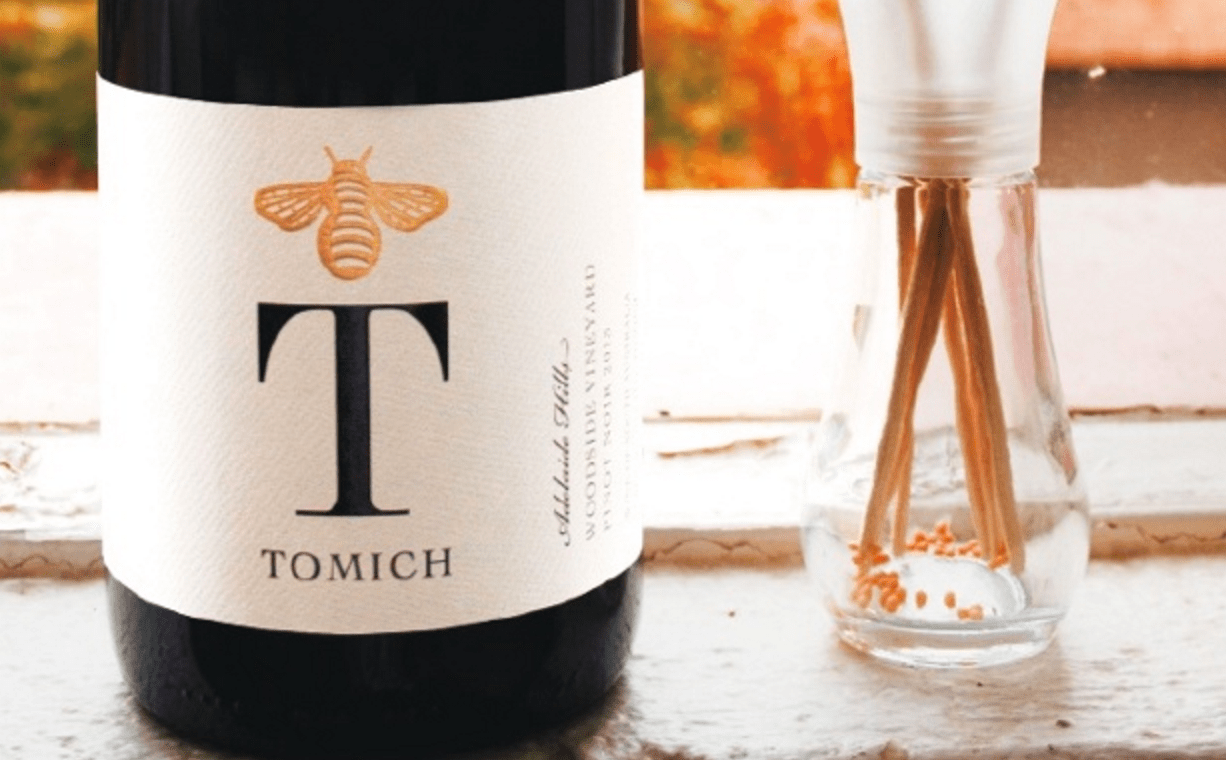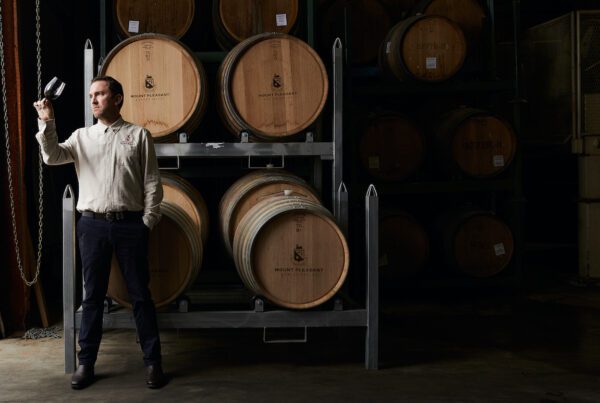
Adelaide Hills wine producer Tomich Wines is really starting to make waves with its range of single vineyard Pinot Noir from Woodside – and, like the rest of the portfolio, they use a mix of natural cork and screwcap, depending on the market.
For Tomich, arguments about the technical superiority of the various closures comes second to giving the markets what they want.
“In the US and Chinese markets, and in Europe for that matter, if I turn up with a screwcap, they laugh at me,” says proprietor Randal Tomic.
“I have a mid-tier Pinot Noir on pour in a wine bar in the Napa Valley. Because it’s under screwcap, they won’t sell it by the bottle because they say consumers will see that it does not have a cork. Which to them is an issue. But they’re happy to pour it by the glass because the punters don’t see it. Distributors don’t like them either.”
It’s in contrast to what Clare Valley winemakers did all those years ago – shoving screwcaps down consumers’ throats regardless of whether they wanted them or not.
“I’m a wine marketer,” says Randal.
“You’ve just got to be able to work with the market. We give people what they demand. Having said that, the US market is definitely warming to screwcaps, and Stelvin products with varying degrees of oxygen ingress are gaining in popularity.”
Tomic’s commercial Pinot Noir releases are all under screwcap, but the high-end Pinot is bottled under both screwcap and expensive cork, depending on the market.
Randal says Pinot Noir under cork is always ready to drink earlier than those sealed with screwcap because of the superior permeability of cork.
“And yes, I’ve been through the whole technical cork thing,” says Randal.
“With wines sealed with cork… it’s not as if we’re getting a lot of wines corked, it’s just that five out of 12 are just not as fresh as the screwcap-sealed wines. I don’t think we have a TCA issue as such, it’s just that they’re not as good, that’s all. And the problem is the punters don’t notice it, we’re the only ones who notice.”
Randal has had a business partner in China for two years, and has a cellar door in Shanghai. All of the Tomich reds are under cork. He says it took him two years to work out how important it was to have ‘Tomic’ printed on the cork.
“In China it doesn’t seem to matter if it’s plastic cork or not,” he says.
“But when you get listed in a restaurant in China, the manager demands a kick-back and so does the person who actually sells the wine to the diner. We pay them about $1 each for every sale. So what they do is collect the corks and at the end of the month they hand them in to be paid. It’s their evidence that they have moved some of my wine. It’s an absolute must that anyone exporting to China has their winery name printed on the cork, otherwise they will be missing valuable sales.”
Tomich has recently undergone a smart facelift, with the design work by The Collective.









Recent Comments